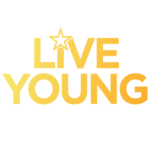Ageing is one thing to take pleasure in—in any case, it’s an journey in private progress that’s all your individual. However have you ever ever questioned why some folks look older than their years, whereas others appear ageless? Past genetics, exterior elements play a significant function in how our pores and skin ages.
One of many largest culprits? Solar publicity—answerable for as much as 80% of seen pores and skin getting older. So how does that present up in your pores and skin? We spoke with Chiyoung Kang Park, ISDIN Medical Advertising and marketing Specialist, to discover how each effective line tells the story of a life well-lived. And above all, how one can assist defend your pores and skin.
Let’s dive in.
First, let’s speak daylight
The solar provides us heat and light—nevertheless it additionally emits power within the type of photo voltaic radiation, which incorporates various kinds of rays throughout numerous wavelengths.
You’ve most likely heard of probably the most well-known sorts: ultraviolet A (UVA) and ultraviolet B (UVB). However there are just a few others which may not appear so acquainted. All of those rays are carefully tied to the getting older strategy of the pores and skin, particularly with extended publicity.
Skilled Tip: Of all of the exterior elements that impression our pores and skin—what we name the exposome—solar publicity hastens getting older greater than some other. Be taught extra from Dr. Susana Puig.
Simply what’s photoaging?
Photoaging refers to pores and skin getting older brought on by publicity to the solar. The prefix photo- means “associated to mild,” and on this case, we’re speaking particularly about daylight and different forms of photo voltaic rays that aren’t seen.
Right here’s how Park places it: “Photoaging is the method the place photo voltaic radiation accelerates seen indicators of pores and skin getting older, like solar spots and effective traces.”
“Photoaging is the method the place photo voltaic radiation accelerates seen indicators of pores and skin getting older, like solar spots and effective traces.”
Right here’s the way it occurs
Park shares that whereas UVA rays are the primary contributors to photoaging, UVB, blue photo voltaic mild, and infrared additionally play their half. And every kind impacts the pores and skin otherwise:
- UVA rays: “These trigger long-term harm like photoaging and even pores and skin most cancers,” says Park. “They penetrate deep into the pores and skin and harm collagen, which ends up in effective traces and wrinkles.”
- UVB rays: These principally have an effect on the outermost layer of the pores and skin. “They’re primarily answerable for short-term harm like sunburn,” she provides. Whereas they play a smaller function in photoaging, UVB rays are extremely energetic—making them 20 to 1000 occasions extra damaging than UVA rays.
- Photo voltaic blue mild: One other kind of high-energy seen mild. Whereas analysis continues to be ongoing, Park shares that “current research have linked photo voltaic blue mild to darkish spots and uneven pigmentation, particularly in deeper pores and skin tones.”
- Infrared radiation: Higher often called the heat you are feeling from the solar, rising analysis exhibits that continual publicity to excessive warmth might contribute to effective traces, wrinkles, and uneven tone. It’s not a type of mild precisely, however Park says it’s simply as essential. “Generally, it’s even known as thermal getting older,” she shares.
When does photoaging begin?
Ageing is a pure (and inevitable) course of. And it’s positively not something to be ashamed of. Over time, your pores and skin slows down collagen and elastin manufacturing, which ends up in a lack of firmness and elasticity. However can solar publicity pace that up?
In line with Park, “Solar publicity could cause seen indicators of getting older to seem as much as 20 years earlier.” Whereas wrinkles are nothing to concern, why invite them to affix the celebration sooner?
Can sun-damaged pores and skin be repaired?
So, is it attainable to reverse untimely pores and skin getting older? Park’s reply provides us hope—and a clearer understanding of the method. To essentially perceive what photoaging is, it’s greatest to first notice the way it impacts your pores and skin.
Let’s have a look at the primary indicators of getting older, the forms of photo voltaic radiation that affect them, and the important thing substances that may assist reduce them:
Effective traces and wrinkles
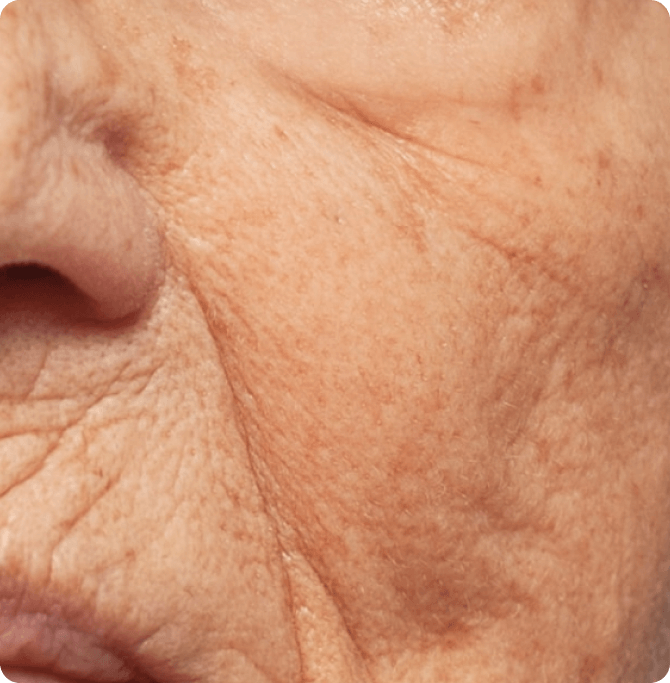
- Major contributor: UVA rays
- What occurs: UVA radiation creates free radicals that break down collagen and elastin—the hero proteins that hold pores and skin agency and elastic.
- The way to battle again: Retinal (with an A) helps pure collagen ranges and boosts pores and skin renewal, serving to to clean and scale back the looks of wrinkles.
Greatest decide: Retinal Superior
Filled with retinal, melatonin, and bakuchiol, this nighttime serum helps renew, restore, and soothe your pores and skin, so that you get up trying refreshed and radiant.
Darkish spots and uneven pores and skin tone
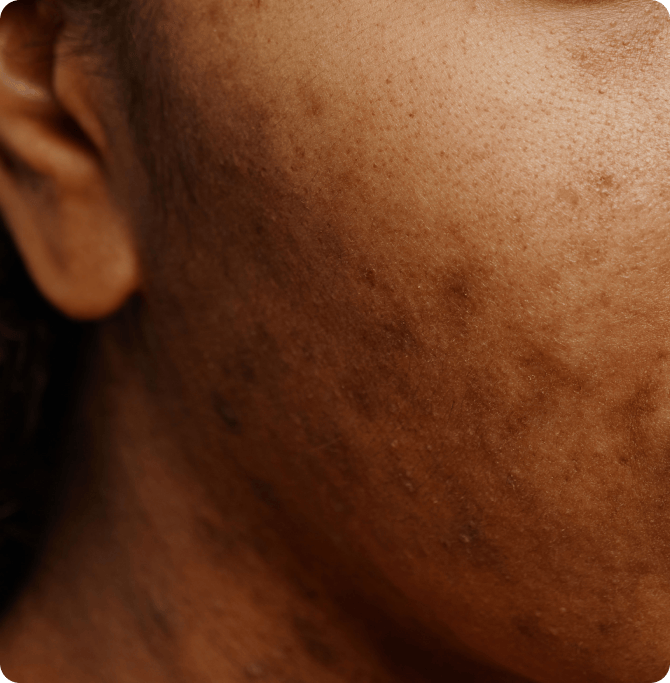
- Major contributors: UVB rays and blue mild
- What occurs: Their high-energy motion can harm the outer layer of pores and skin, typically resulting in irregular melanin manufacturing. This may end up in darkish spots and uneven tone.
- The way to battle again: With tranexamic acid and niacinamide. This duo targets darkish spots to unify tone whereas soothing the pores and skin.
Greatest decide: Melaclear Superior
Formulated with tranexamic acid, niacinamide, and Spot Corrector Advanced, this brightening serum helps visibly fade darkish spots and promotes a extra even, luminous complexion with continued use.
Dullness
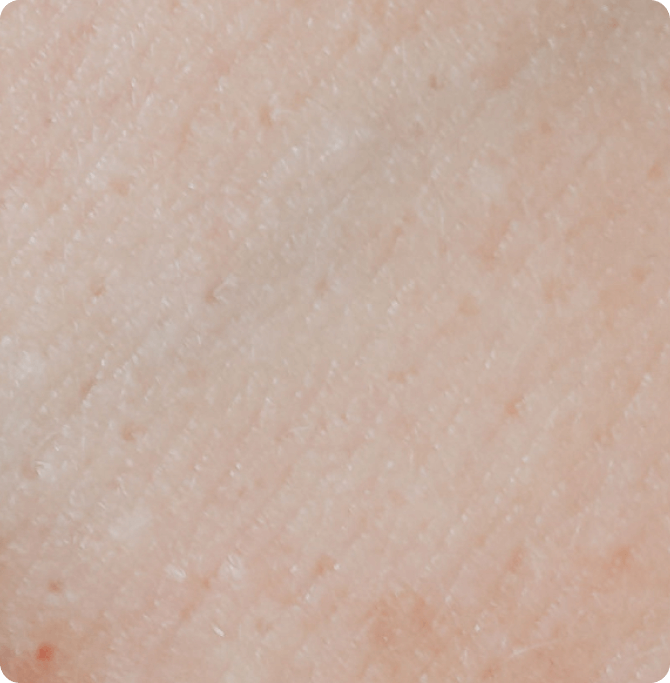
- Major contributors: Each UVA and UVB
- What occurs: Lengthy-term solar publicity with out safety creates free radicals that harm the pores and skin and make it more durable for it to resume itself.
- The way to battle again: Melatonin and vitamin C. This antioxidant energy pair helps battle oxidative stress and rejuvenate pores and skin, bringing out your pure glow.
Greatest decide: Melatonik®
The three-in-1 method containing melatonin, bakuchiol, and vitamin C stimulates pure antioxidant defenses and helps to revive vitality and elasticity, for radiant, wholesome pores and skin.
Lack of firmness
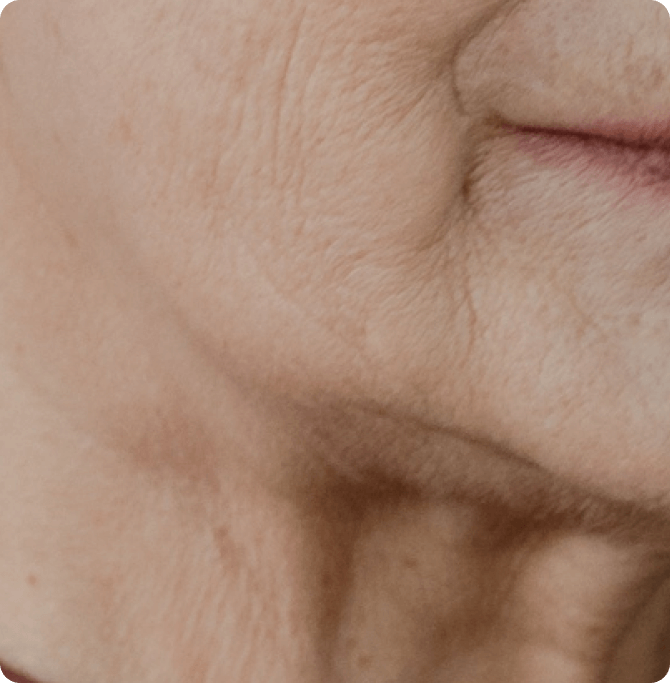
- Major contributor: UVA
- What occurs: Identical to with wrinkles, UVA rays attain deep into the pores and skin and harm structural fibers.
- The way to battle again: Peptides help pores and skin construction to spice up firmness and elasticity, whereas carnosine helps fight glycation and offers antioxidant safety.
- Greatest decide: Go for a focused moisturizer to assist agency pores and skin over time.
Sunscreen: one of the best photoaging safety
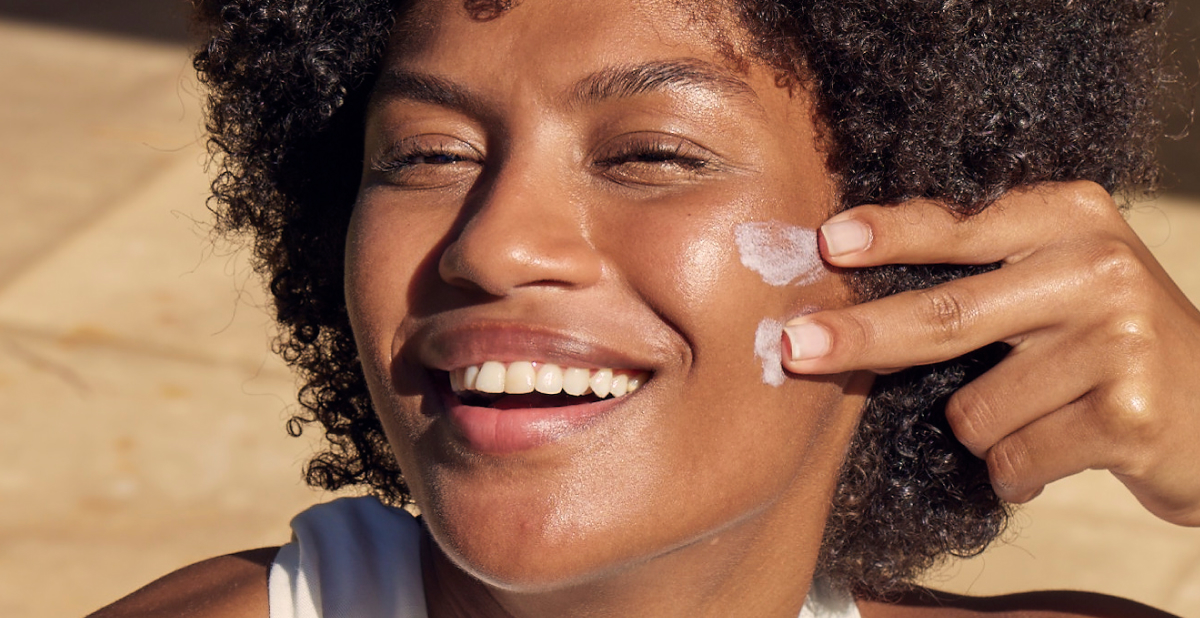
We’ve talked substances, serums, lotions—even the UV rays that you must know. However on the coronary heart of all of it, combating photoaging is de facto about defending your pores and skin from the solar.
It’s not about resisting time—it’s about embracing it whereas protecting your pores and skin wholesome. And in relation to solar care, every day sunscreen is non-negotiable.
Because the closing step in your skincare routine, it locks in all of your exhausting work, enhancing the advantages of earlier steps and minimizing how a lot the solar impacts your pores and skin. Some superior formulation may even assist restore previous solar harm. What to search for? Park explains, “A excessive SPF broad spectrum or 360º method with a pleasant texture.” As a result of in any case, “one of the best sunscreen is one you truly need to apply—and reapply.”
ISDIN sunscreens are made to focus on particular phases of photoaging with antioxidants and professional substances. Working to maintain it at bay? Flip to Fusion Water MAGIC. Need assist repairing the indicators of photoaging? Eryfotona Actinica or Eryfotona Ageless.
Solar safety habits: the earlier, the higher
Can photoaging be prevented? If there’s one option to do it, it’s by defending your self. Park presents just a few professional suggestions:
- Pay shut consideration to defending sun-exposed areas like your face, neck, chest, and fingers to scale back seen indicators of photoaging.
- Observe the two-finger rule: use two strips of sunscreen from palm to fingertip to cowl your face and neck. For the physique, about two shot glasses is normally sufficient.
- Your lips can present indicators of getting older early, so be sure your lip balm has at the least SPF 30.
- Keep away from direct solar between 10 AM and 4 PM, when UV rays are strongest.
You’re proper on observe
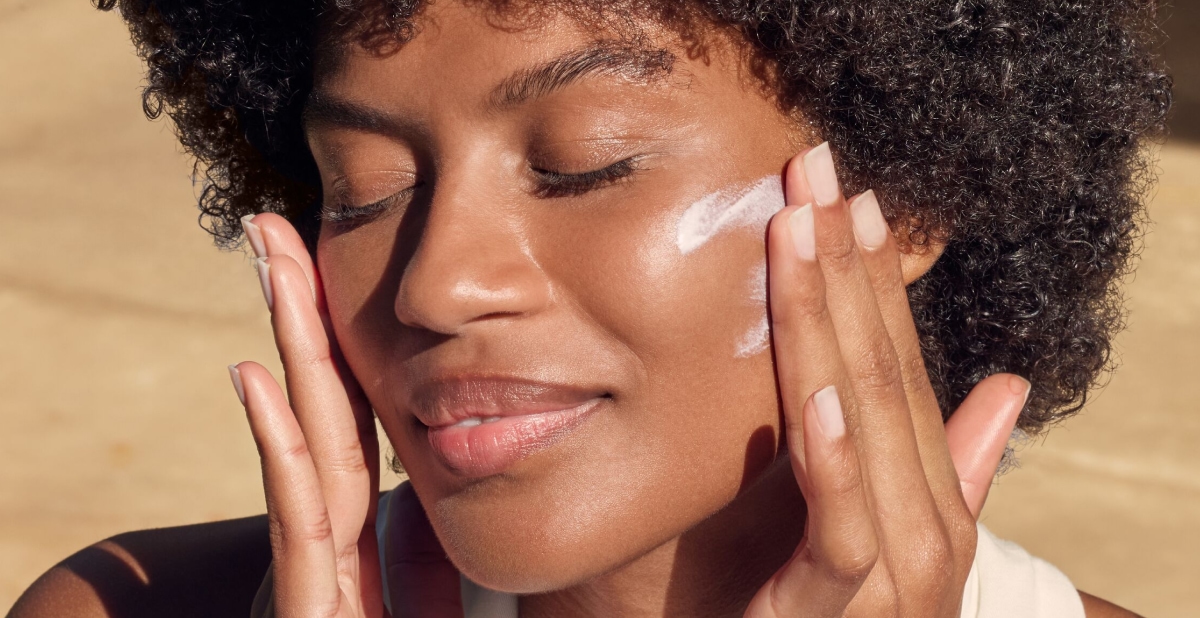
Whereas photoaging may sound like a scientific time period, protecting your skincare routine easy is all the time one of the best transfer. Pairing sunscreen with an antioxidant-rich routine is a great option to help smoother, healthier-looking pores and skin at any age.
Defend your pores and skin every day—and don’t let photoaging maintain you again.
Sources and references:
1Flament et al. Impact of the solar on seen indicators of getting older in Caucasian pores and skin. In Scientific, Beauty and Investigative Dermatology (2013); 6: 221-232.
Zhang, S., Duan, E. Combating in opposition to Pores and skin Ageing: The Method from Bench to Bedside. In Cell Transplant (2018); 27(5): 729-738.
Naidoo, Okay., Birch-Machin, MA. Oxidative Stress and Ageing: The Affect of Environmental Air pollution, Daylight and Eating regimen on Pores and skin. In Cosmetics (2017): 4, 4.
Ahmad, R. Introductory Chapter: Fundamentals of Free Radicals and Antioxidants. In Free Radicals, Antioxidants and Illnesses (2018), IntechOpen
Kiefer, J. Results of Ultraviolet Radiation on DNA. In Obe G., Vijayalaxmi (eds) Chromosomal Alterations (2007). Springer, Berlin, Heidelberg.
Pai, VV., Shukla, P., Kikkeri, NN. Antioxidants in dermatology. In Indian Dermatology On-line Journal (2014) Apr-Jun; 5(2): 210-214.
Editorial Group
Our namesake embodies the spirit of embracing life and all its marvel. As wellness journalists, we discover subjects that invigorate the senses and hold curiosity alive. We imagine that glowing pores and skin is the results of a wholesome physique and thoughts. Weaving magnificence with science, we purpose to encourage you to reside younger at all ages.


